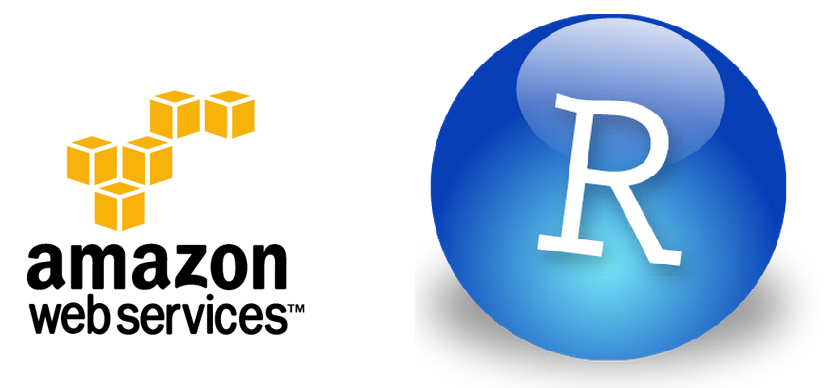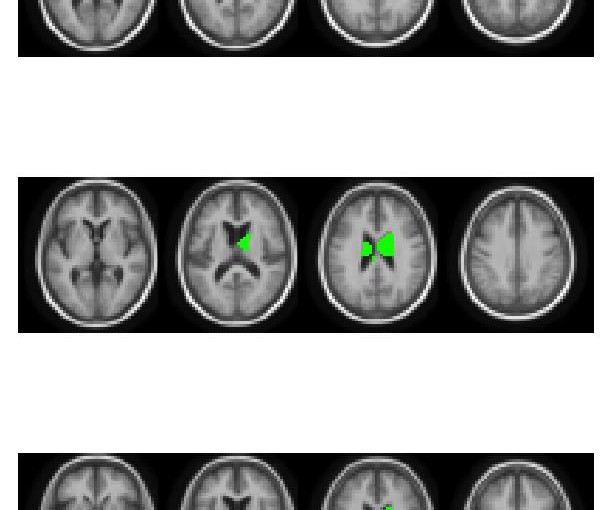The audio files of the full talk by Richard Stallman are attached to the end of this post.
—————–
Videos of all the invited talks of the useR! 2010 conference can be viewed on the R User Group blog
—————–
Last week I had the honor of attending the talk given by Richard Stallman, the last keynote speaker on the useR 2010 conference. In this post I will give a brief context for the talk, and then give the audio files of the talk, with some description of what was said in the talk.
Context for the talk
Richard Stallman can be viewed as (one of) the fathers of free software (free as in speech, not as in beer).
He is the man who led the GNU project for the creation of a free (as in speech, not as in beer) operation systems on the basis of which GNU-Linux, with its numerous distributions, was created.
Richard also developed a number of pieces of widely used software, including the original Emacs,[4] the GNU Compiler Collection,[5], the GNU Debugger[6], and many tools in the GNU Coreutils
Richard also initiated the free software movement and in October 1985 he also founded it’s formal foundation and co-founded the League for Programming Freedom in 1989.
Stallman pioneered the concept of “copyleft” and he is the main author of several copyleft licenses including the GNU General Public License, the most widely used free software license.
You can read about him in the wiki article titles “Richard Stallman”
The useR 2010 conference is an annual 4 days conference of the community of people using R. R is a free open source software for data analysis and statistical computing (Here is a bit more about what is R).
The conference this year was truly a wonderful experience for me. I had the pleasure of giving two talks (about which I will blog later this month), listened to numerous talks on the use of R, and had a chance to meet many (many) kind and interesting people.
Richard Stallmans talk
The talk took place on July 23rd 2010 at NIST U.S. and was the concluding talk for the useR2010 conference. The talk consisted of a two hour lecture followed by a half-hour question and answer session.
On a personal note, I was very impressed by Richards talk. Richard is not a shy computer geek, but rather a serious leader and thinker trying to stir people to action. His speech was a sermon on free software, the history of GNU-Linux, the various versions of GPL, and his own history involving them.
I believe this talk would be of interest to anyone who cares about social solidarity, free software, programming and the hope of a better world for all of us.
I am eager for your thoughts in the comments (but please keep a kind tone).
Here is Richard Stallmans (2 hours) talk:
Continue reading “Richard Stallman talk+Q&A at the useR! 2010 conference (audio files attached)”



